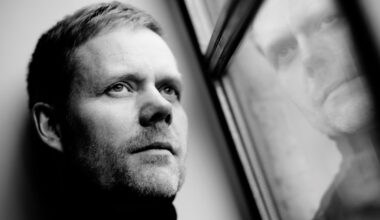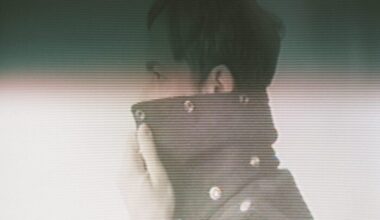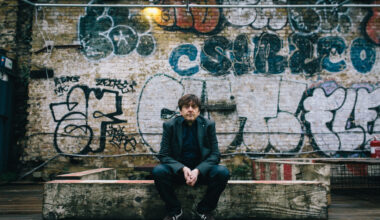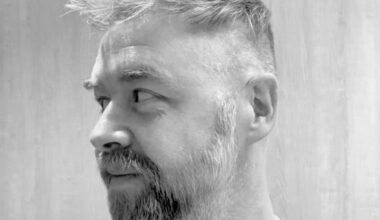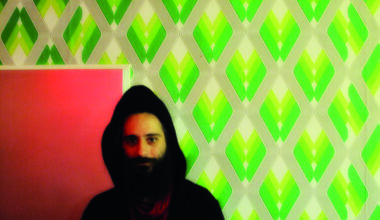Floating Points’ Sam Shepherd gets comfy as we crank up the incessant questioning machine…
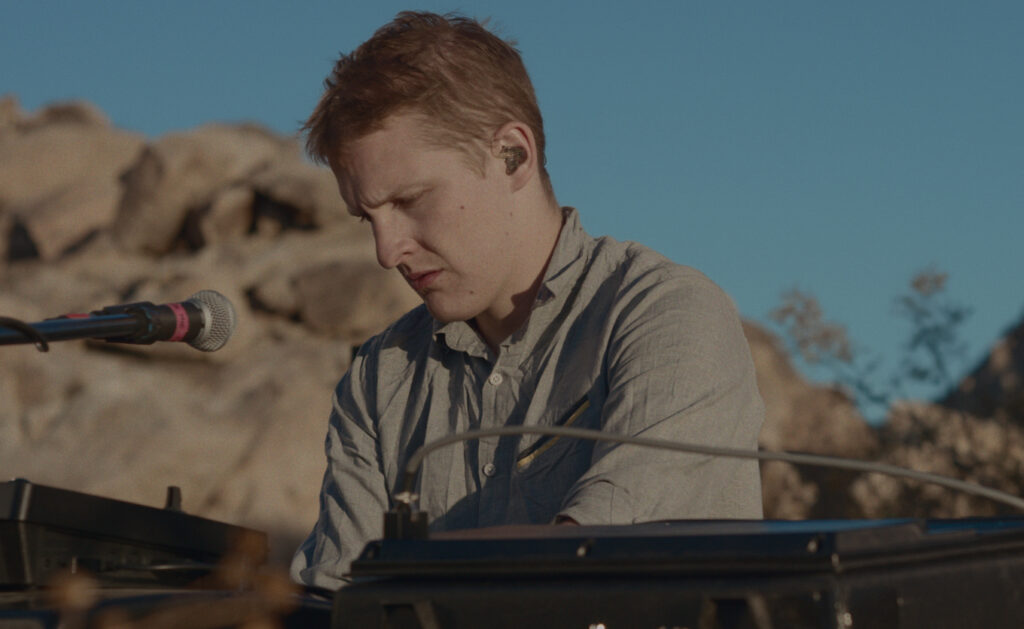
Floating Points was previously a solo outing, what’s changed?
Circumstances have enabled me to play with other musicians more regularly since finishing university where my schedule lent itself to solitary, computer-based music making.
The new album then. ‘Reflections – Mojave Desert’. Why ‘Reflections’?
It’s the concept for a series of records and multimedia experiences that explore sound and music in a physical space, hence the importance that reflected sound plays.
And ‘Mojave Desert’?
We played a festival in LA and had a gig a week later in Phoenix, so we were looking for somewhere in between to rehearse. Once we got there and began playing, exploring the space, we thought we had to somehow capture the environment as well as the music.
How far from civilisation were you? How was it when it got dark?
It was only a couple of miles from Joshua Tree and 29 Palms Highway, which you could sometimes hear in the distance. The property was in a few hundred acres of boulders, and the house wasn’t big enough for everyone to sleep in, so some of us slept outside to the sounds of rattlesnakes and coyotes. There was absolutely no light pollution though so it was incredible to fall asleep to passing shooting stars.
Tell us a little about the actual recording process
Our sound engineer Michael Parker designed a networked audio system, where one computer can record everything. So even in the middle of the desert we could run everything into a laptop recording 32 channels. Everything was solar powered and had giant batteries storing the energy. As soon as sun set we had to work fast since valve amps are hungry. We got sand in EVERYTHING, which still appears in our flight cases to this day. The sun at midday was a blistering 40˚C so if I look a little cooked in the film that’s why!
You used some interesting mics to capture sound in the great outdoors…
We used four capsule “surround sound” microphones and a Telinga parabolic super directional microphone, which was incredible fun in that environment. It’s one of the main reasons I’d like to explore this idea further. Moving these microphones in space affected the reflected music so much that it felt like a musical instrument in itself.
‘Kites’ is quite extraordinary. That’s you messing with a super directional microphone isn’t it? Care to explain?
I wondered if a super directional microphone would highlight the difference between reflected sound and direct sound. The microphone is incredibly directional and rejects anything that’s not directly in front of it, so it’s used as an instrument because you could isolate the component parts of what makes up an ambient sound.
Rhodes Chroma, Buchla, Synthi, ARP… that’s some temperamental kit to drag out to a desert? Did it all behave?
Yes… but I forgot to switch the EMS back to 240v back in London and fried it!
‘Reflections – Mojave Desert’ is released by Pluto
